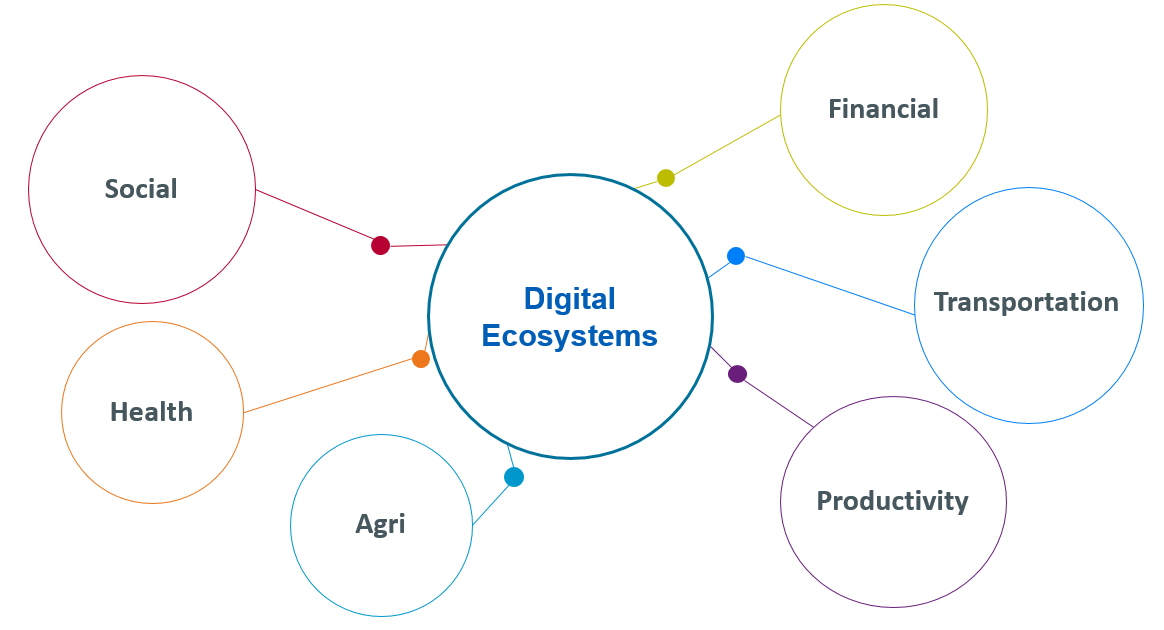Application Programming Interfaces (APIs) can be compared to doors: their main purpose is to provide access to something. Doors come in different shapes, sizes, colors, and materials, and offer different levels of security to protect whatever is behind them.

In the case of APIs, however, that something is digital assets such as raw and cleansed data, images, videos, documents, and even functionality that performs complex calculations or data processing based on inputs.
Sometimes, doors are wrongly designed or built:

Source: http://www.constructionhunter.com.au/blog/industry-news/20-photos-that-will-make-you-question-your-faith-in-humanity
The same is also true with APIs. API management is a discipline that has evolved to deliver the processes and tools required to discover, design, implement, use, or operate enterprise-grade APIs. Most importantly, the discipline is responsible for managing the communities around APIs. Such communities may consist of developers building and/or using APIs in their apps, but there are also communities of business and IT executives looking to speed up innovation at a lower cost.
We can conclude that API management's true objective is to deliver value. This could be valuable to the business in the form of reducing development effort by using existing APIs (internally developed ones or external ones developed by third parties). Value could also come from monetizing APIs that offer intangible products (digital assets) that developers and/or executives alike would be willing to pay for.

Value can only be truly delivered when the full cycle of delivering something, in this case APIs, is fully understood, optimized, and overseen. The creation of an API strategy with a clear purpose and objectives is followed by the inception of an API through innovation workshops. Next is planning, design, implementation, deployment, operations, and monitoring, until the eventual retirement of the API.
API management is no longer just about implementing APIs. Thousands of public APIs (with more being added by the day) are listed in API marketplaces, such as programmableweb.com, and RapidAPI.com, each representing a digital door to an organization's digital product offerings. Thinking that all APIs need to be internally developed is a huge fallacy.
To summarize, API management must be as much about providing the means to discover and use public APIs as it is about implementing new ones. At the epicenter of any API management initiative must be the creation of value for the business but also for the users of an API.
APIs at the center of digital ecosystems
As organizations embrace the adoption of public APIs and/or create new API products, there is an interesting effect. The creation of new ecosystems, all enabled through APIs, starts to happen as value comes from adopting and combining someone else's digital assets in the creation of new products.

In fact, a study conducted by Mckinsey predicts that by 2025, digital ecosystems will account for 30% of global revenues, which according to the firm is about 60 trillion US dollars.
The study is referenced in the following link:
Not only this is huge, but it shows that being part of this digital ecosystem will be a matter of survival for some organizations.
APIs as an evolving paradigm
APIs are not new. In fact, they are far from it. The use of the term API can be traced back to 1968 to a publication titled Data Structures and Techniques for Remote Computer Graphics by I. W. Cotton and F. S. Greatorex, Jr. Since then, we've seen the term being born and re-born in proprietary protocols such as Sun Microsystems' Remote Procedure Call (RPC), Common Object Request Broker Architecture (CORBA), and Distributed Component Object Model (DCOM). We've also seen it in public standards, such as XML-RPC, which then evolved to become Simple Object Access Protocol (SOAP), which then, along with the Web Services Description Language (WSDL), became the foundation for Web Services and service-oriented architecture (SOA).
There was then a shift of paradigm into resource-centric and more lightweight APIs based on the REST architectural style. We are now back to RPC with emerging technologies such as GraphQL and gRPC, both of which are rapidly increasing in popularity.
However, what we see today is not just a technological shift of API technologies. The emergence of APIs as the means to enable digital ecosystems has created an economy of its own, an API economy, which has a more fundamental impact on how businesses organize their teams.

Source: http://www.apisindia.com/
As businesses realize that APIs can truly be business products in their own right, the teams that deliver these products will no longer be simply considered IT teams or, to put it bluntly, cost centers. For businesses to succeed in the API economy, they need to shift away from traditional ways of delivering IT to a product-centric approach whereby the main goal is to make an API product successful and profitable.
Technical capabilities, especially with cloud computing now being the new normal, must too evolve in order to give these teams all of the tools they need to produce products that are innovative and competitive in the marketplace.

























































